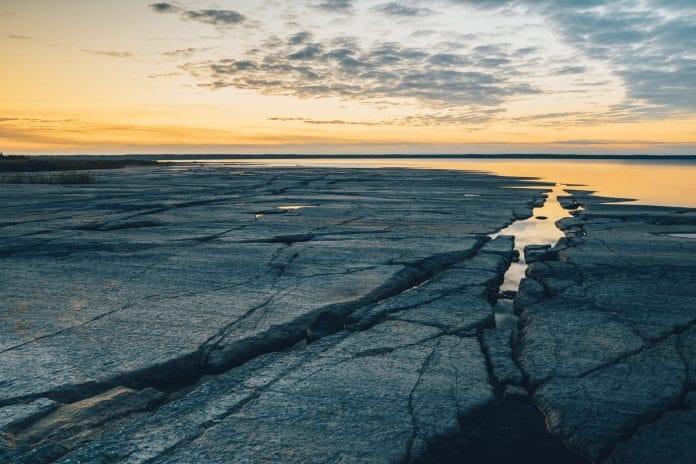UNESCO’s Executive Board has approved the designation of Platåbergen in western Sweden as a new UNESCO Global Geopark. It is the first Swedish UNESCO Global Geopark.
In total 8 new Geoparks were approved, bringing the number of sites participating in the Global Geoparks Network to 177 in 46 countries.

In West Sweden, the Platåbergens UNESCO Global Geopark covers an area of 3,690 km2 and is home to 289,198 inhabitants. It presents a unique landscape of 15 flat-topped Table Mountains, platåbergen in Swedish, after which the site is named. These mountains were shaped by erosion during the last Ice Age 115,000 years ago. The area also covers the Västgöta Plain with its shallow floodplain lakes, undulating ridges and well-preserved cultural landscapes. Some of Sweden’s most interesting historical discoveries have been made in this area where museums preserve numerous vestiges that bear witness to inhabitants’ use of the local stone over the millennia: from megalithic graves (5,300-4,700 BCE) to the first known stone church in Sweden, built by Christian Vikings in the early 11th century.

Another Nordic Geopark was approved at the same session of UNESCO´s executive board, the Salpausselkä UNESCO Global Geopark, which is located in southern Finland, in the southernmost part of the Finnish Lakeland, covering an area of 4,506 km².
Recognized geological heritage
The UNESCO Global Geopark label recognizes geological heritage of international significance. Member States unanimously ratified its creation in 2015. The sites of this network present an extraordinary geological diversity that underpins different regions’ biological and cultural diversity. The geoparks serve local communities by combining the conservation of their unique geological heritage with public outreach and sustainable development.






